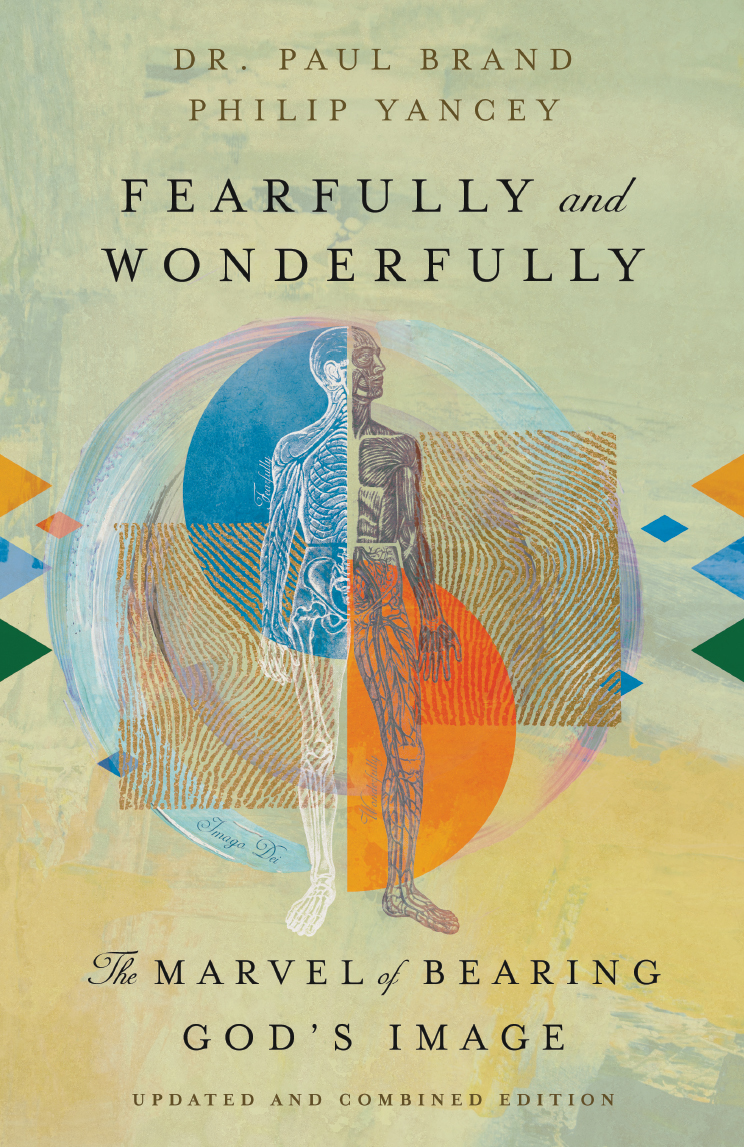I must begin with saying that I’m a huge fan of Hank
Hanegraaff. I was 13 years old when I got saved but the church I was attending
was not teaching the Bible clearly, consistently, and systematically. Needless
there was no doctrine in the church. But by divine providence I stumbled on the
radio one evening to the Bible Answer Man broadcast. The voice and the
questions and answers resonated with me and I was hooked immediately. Night
after night Hank educated me the basics and the complex doctrines of the
Christian faith that no seminary ever could. The guests, scholars and leaders
he has had on his show have become a bulwark of resources to benefit from. The
year was 2000. There was no looking back. I have listened to Hank ever since
and I am eternally grateful for his faithfulness to Scripture and the way he
distills complex topics into bite size pieces in the way of alliteration,
acronyms, and associations.
This resource is no different; it’s vintage
Hanegraaff. I have most of his resources because you can’t go wrong with his
books because Hank uses his signature acronyms to assimilate information so
that you can not only retain the information that you have read but also
communicate that information in a clear and meaningful manner.
In MUSLIM: What
you Need to Know About the World’s Fastest Growing Religion, Hanegraaff
distills centuries of knowledge about this religion in a way you can retain for
the rest of your life. That is essentially the mark of a great teacher –
Someone who can explain it in a way in which even a child can understand. He
uses the acronym M-U-S-L-I-M – Muhammad, Unreliable Revelations, Sharia,
Levant, Islamic State, and Major Muslim Apprehensions to give you the main and
plain things of this religion. I don’t think even a Islamic scholar has done
this kind of service to the Islamic word what Hank has provided for us.
Learning the origins and historical development of Islam in a memorable way is
a treat especially when there are so many who are trying to tell it. Hank
harnesses the best and most reliable sources and assimilates that information
to us. You owe to yourself to read this book. One thing I guarantee is you will
never be disappointed with any of Hank’s resources.
My only complaint is a minor one. The title should
have been called (ISLAM: What you Need to
Know About the World’s Fastest Growing Religion) because the subtitle makes
sense like that. He could still have used the MUSLIM acronym for the content in
his book.




